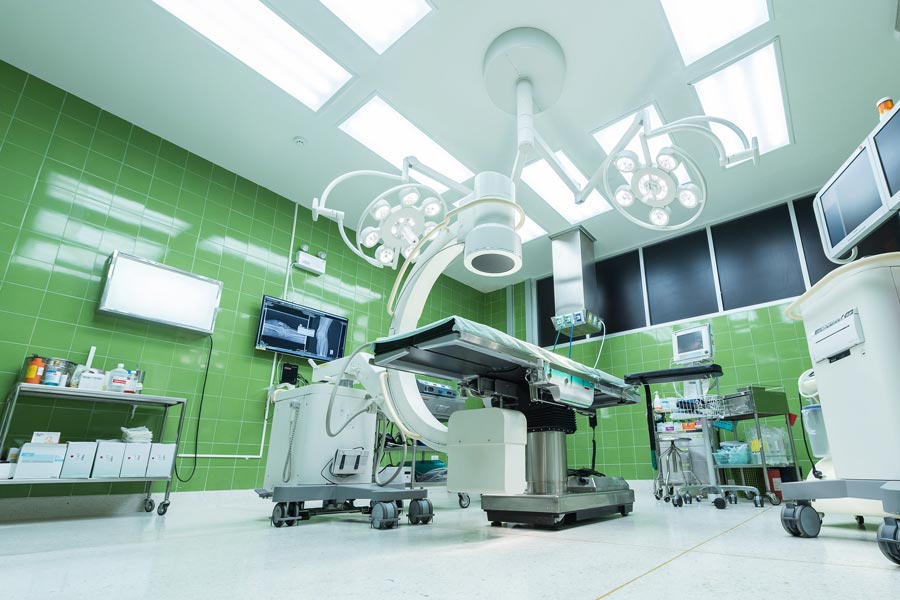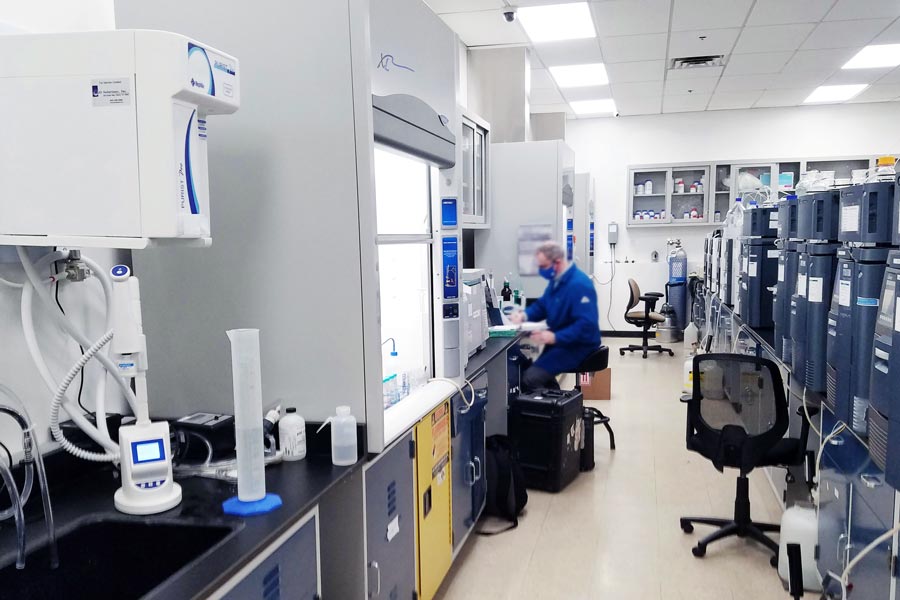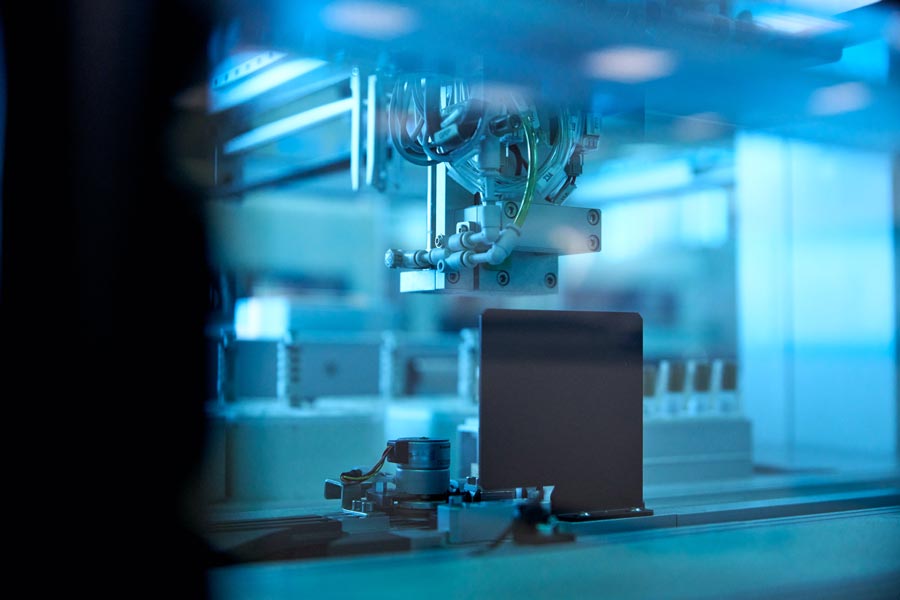In technical spaces like surgical suites and laboratories, the significance of lighting cannot be overstated. Beyond mere illumination, lighting is pivotal in enhancing performance, optimizing workflow, and ensuring safety. It enables clear visibility, minimizes errors, and promotes meticulous attention to detail. Moreover, well-designed lighting positively impacts the well-being and productivity of professionals, fostering a conducive environment for breakthroughs and innovations. Embracing the importance of lighting in these spaces is an investment in excellence, guiding you toward a path of success, precision, and transformative achievements.
Lighting plays an important role in the safety and efficacy of laboratory, testing, and medical facilities. Proper illumination levels, color temperature, and glare control ensure accurate readings, prevent errors, and create a comfortable and safe environment for facility staff and patients.



